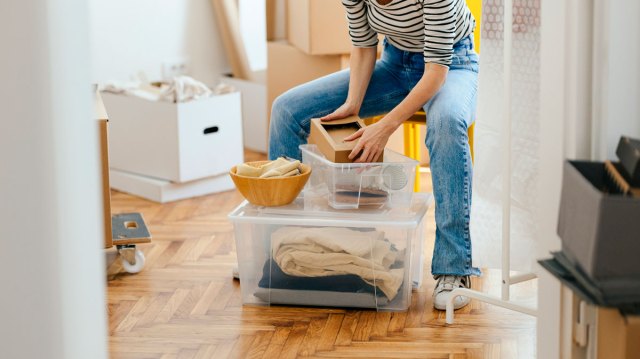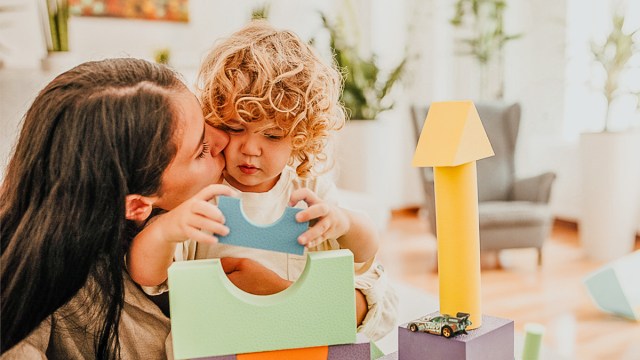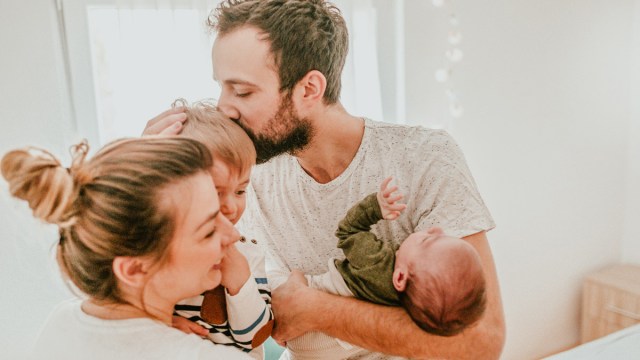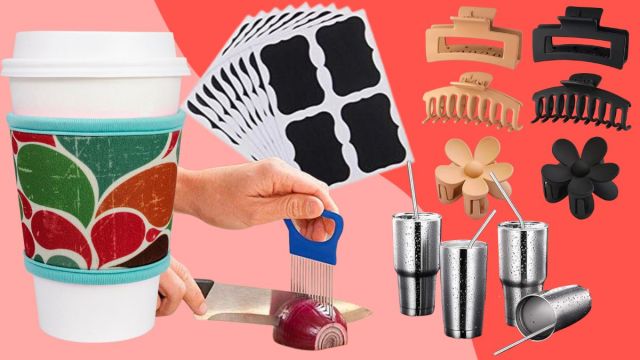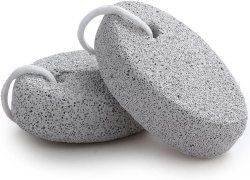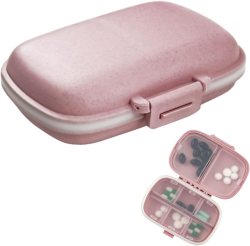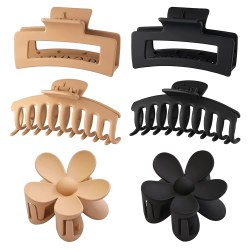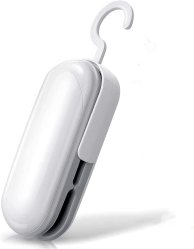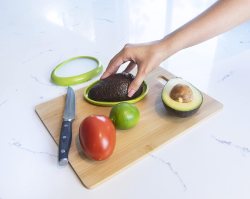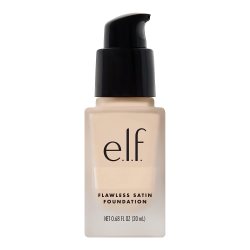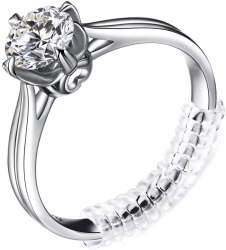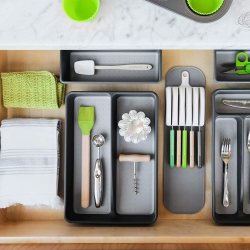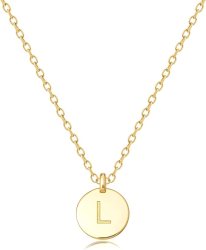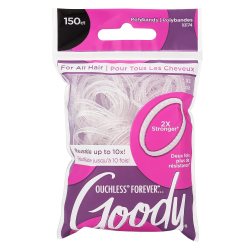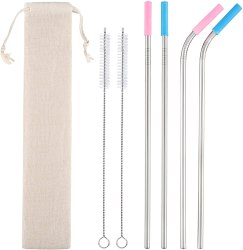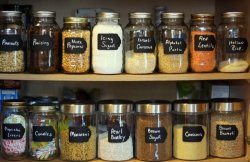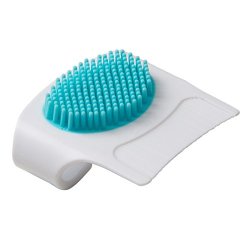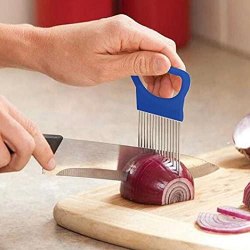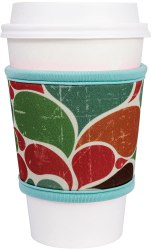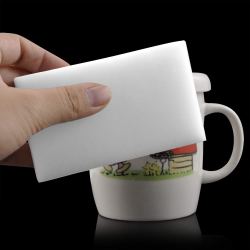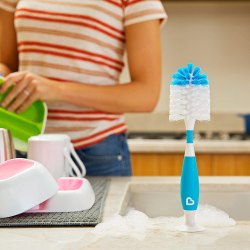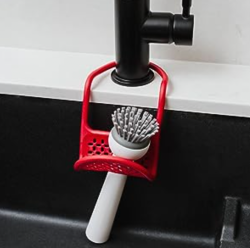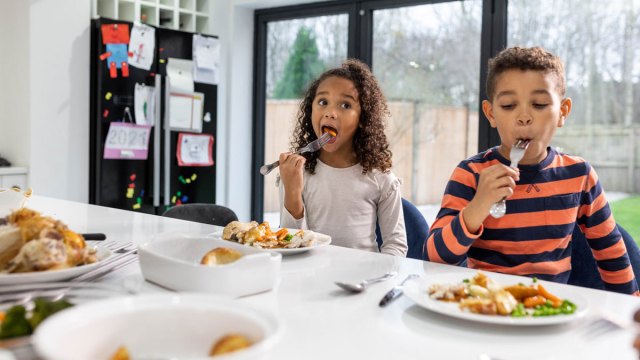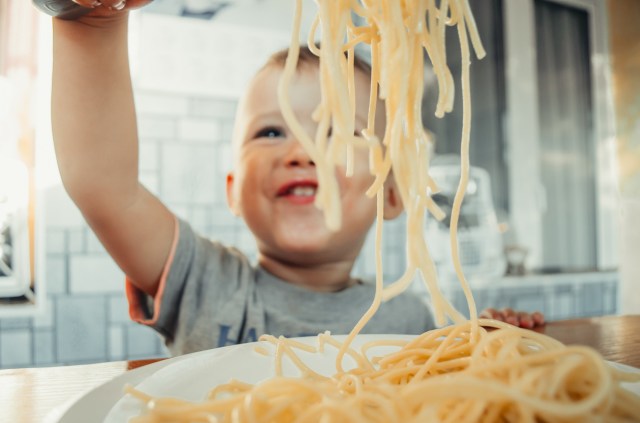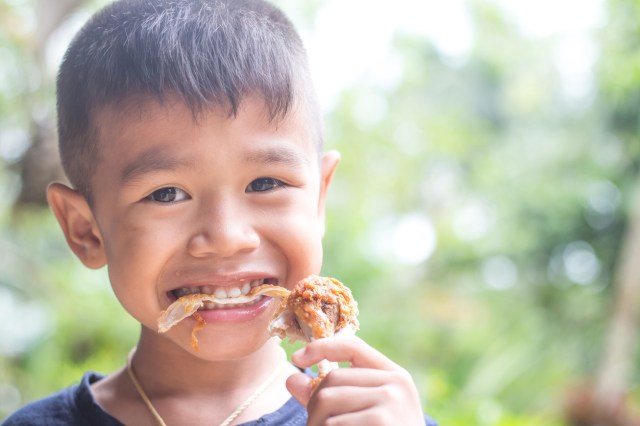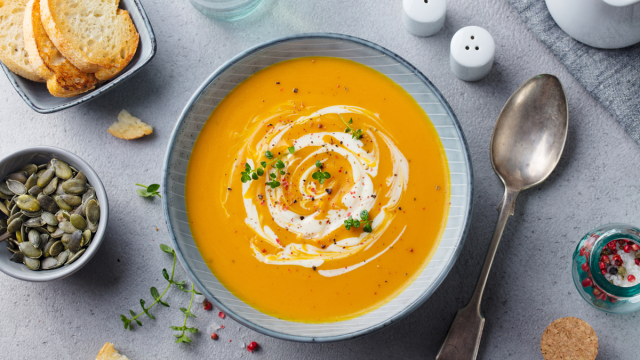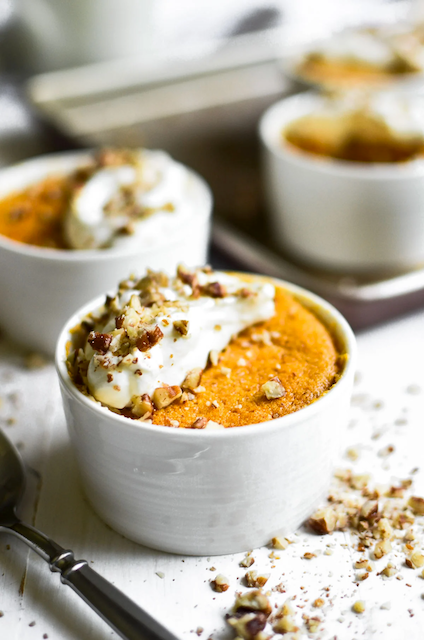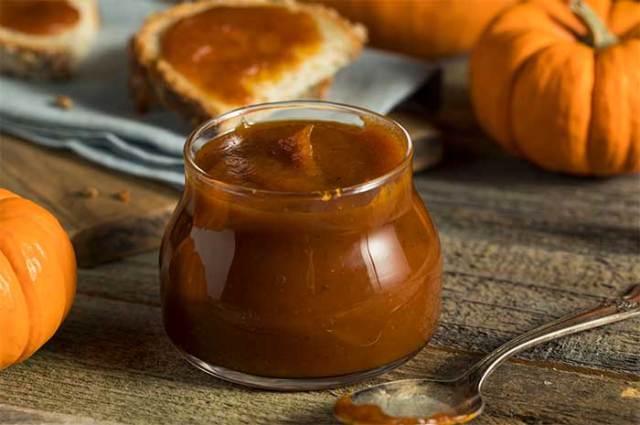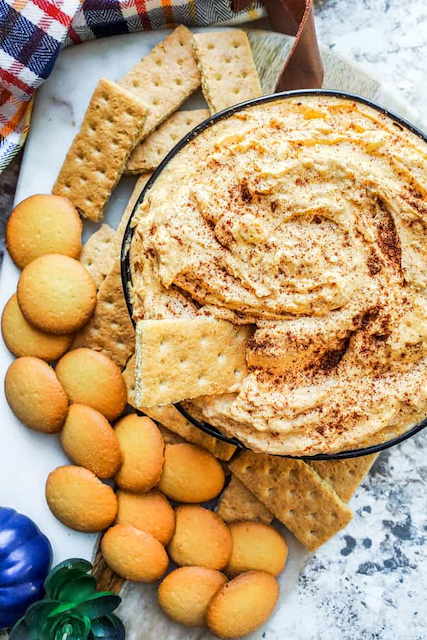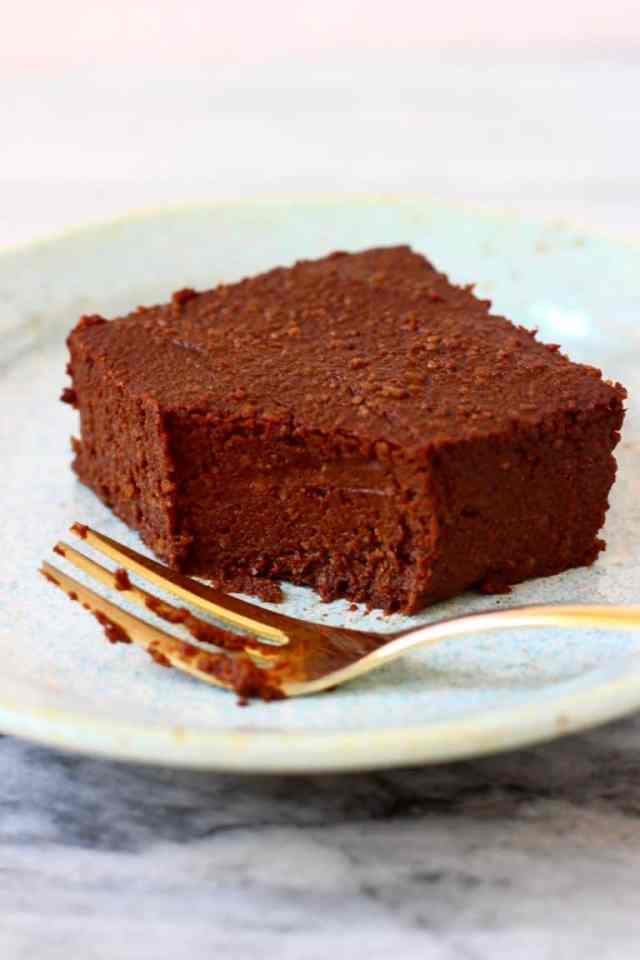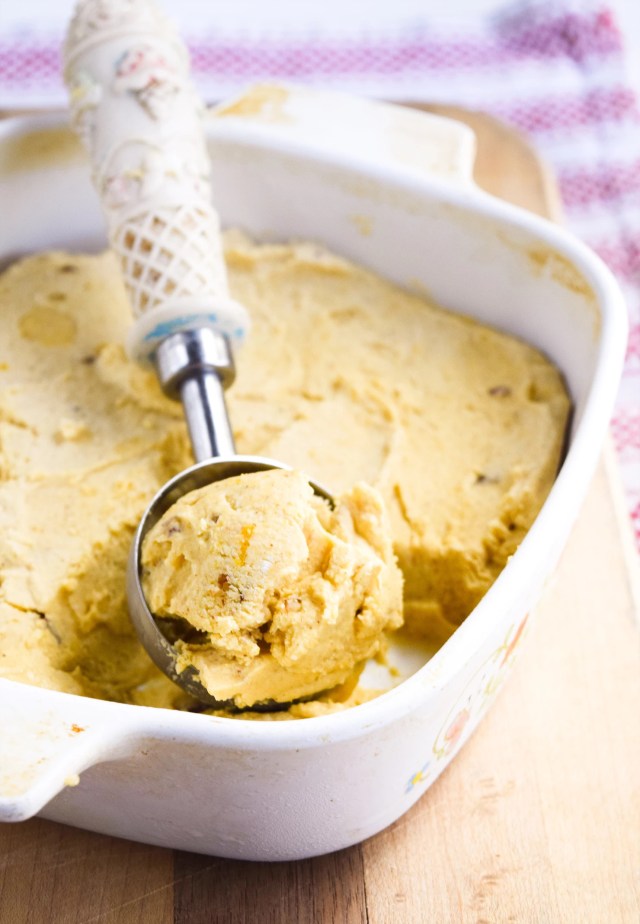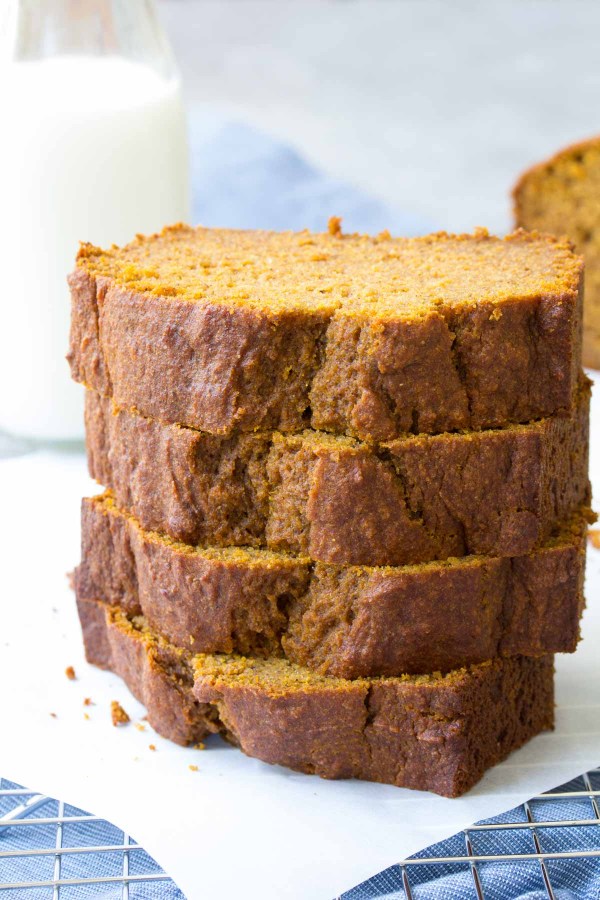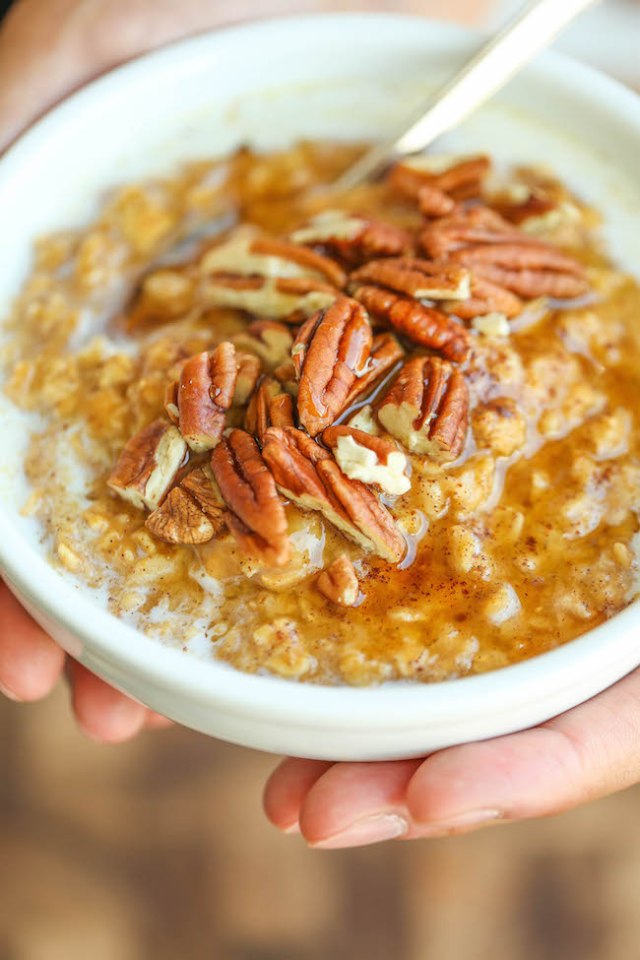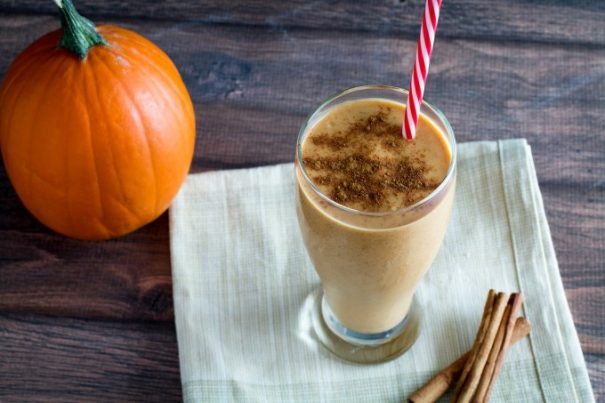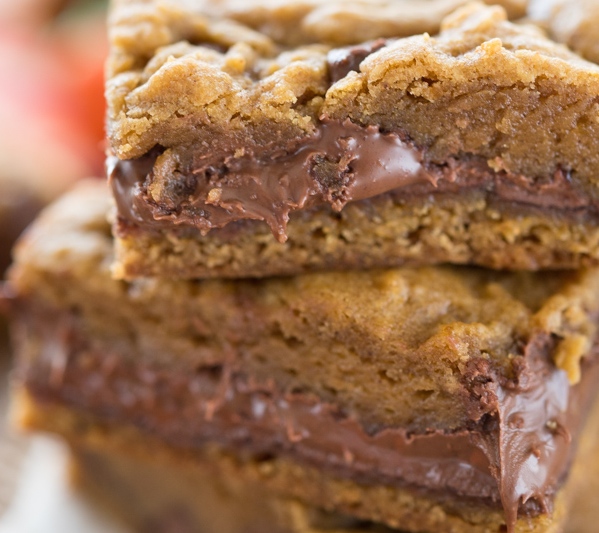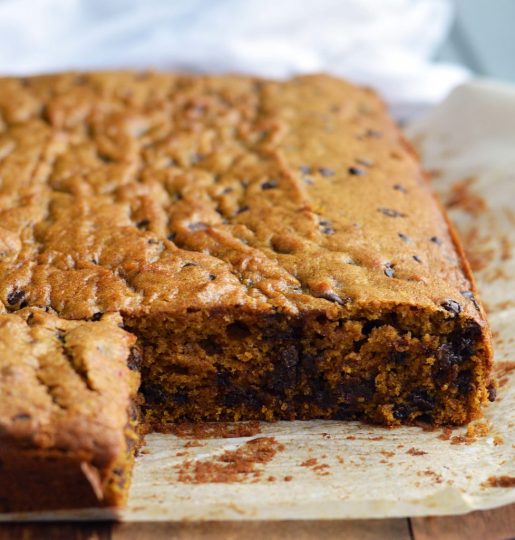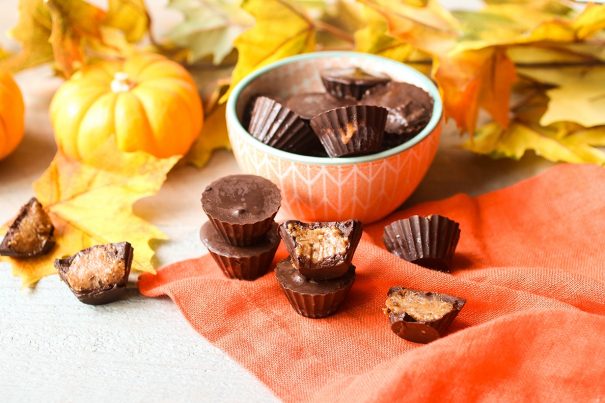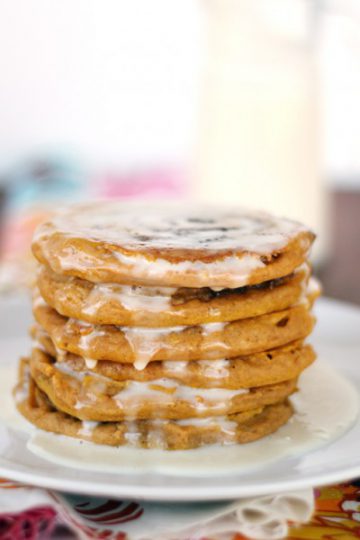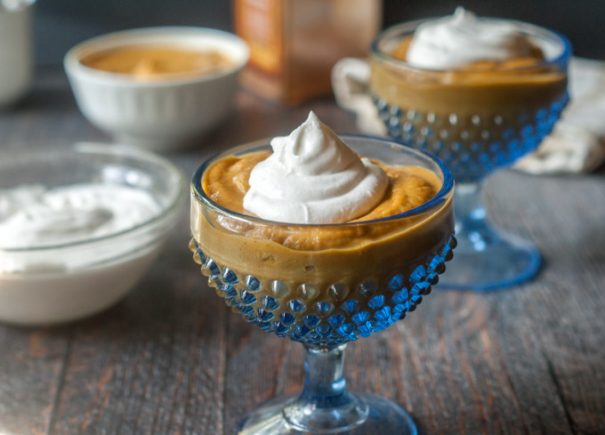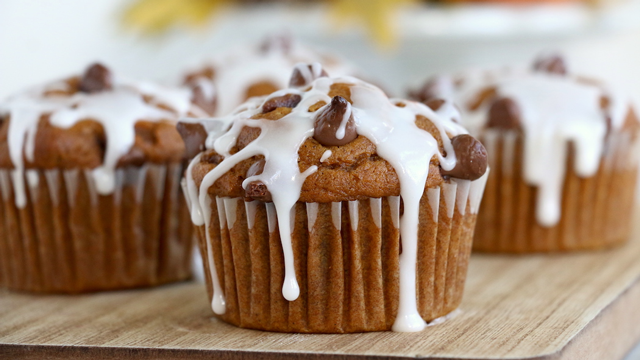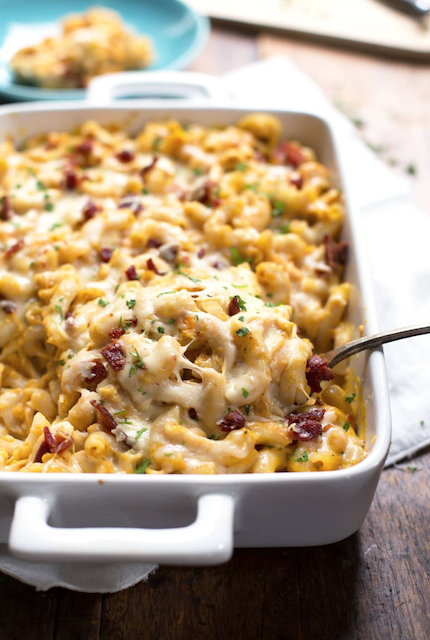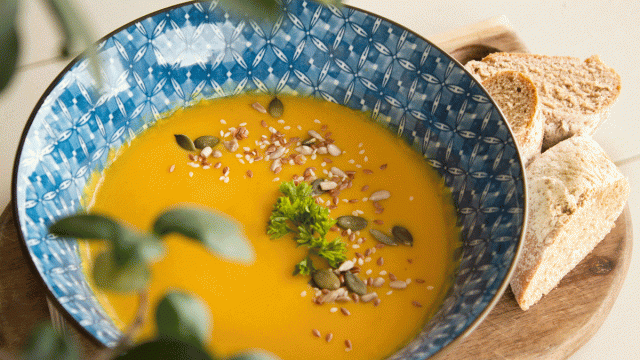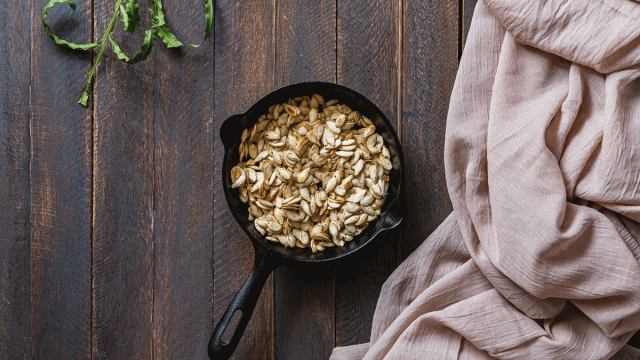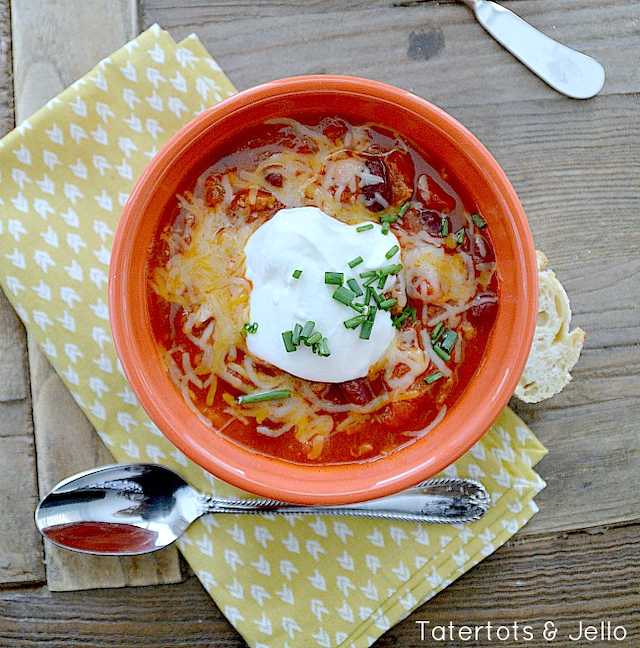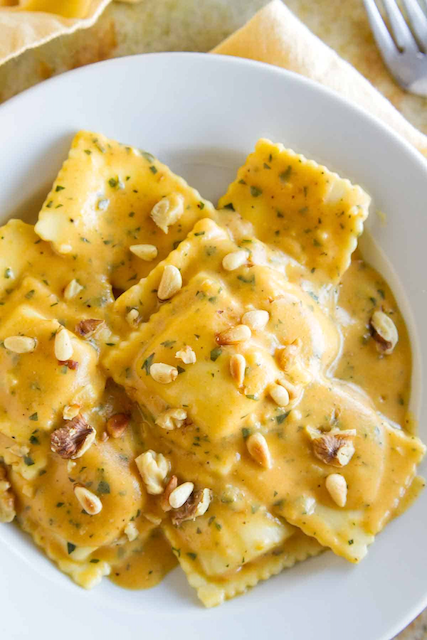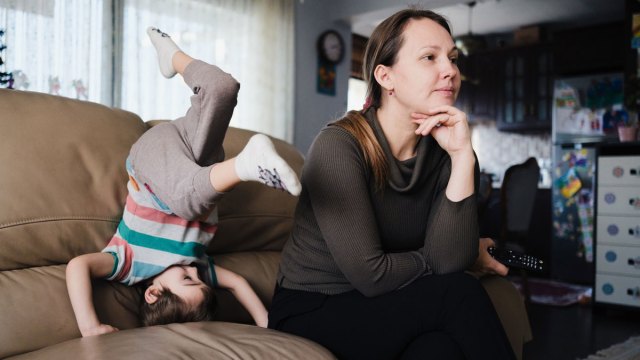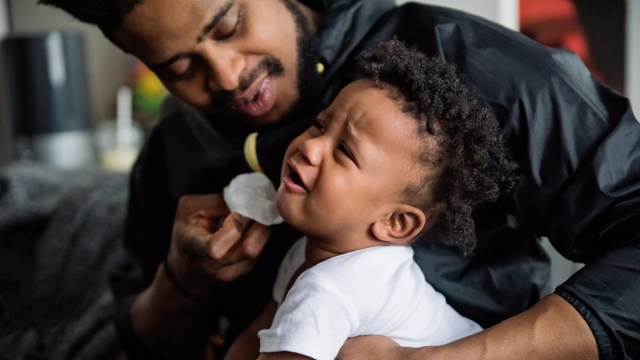So many of us are scrambling to parent small people and bring home a paycheck. Doing so without losing it is nearly impossible. It’s a constant struggle to meet competing demands in a world that asks women to do it all, be it all, and look flawless at the same time. Yet somehow, we make it work—from harried mornings and lunchtime errands to that sacred, late-night Grocery Shopping Alone Time. What we don’t have time for is nonsense. And when you don’t have time for nonsense, the world’s mists clear. Priorities take hold: family, well-being, work. The rest falls by the wayside, including these unnecessary tasks.
1. Making elaborate meals
Working moms simply don’t have time to cook for hours every day. And even if they did whip up an incredible feast, their kids would take one look at that painstakingly prepared leg of lamb and drop to the floor whining for frozen dino nuggies. In the end, they’ll eat what they want to eat. My kids are going to eat ramen for dinner again tonight because they genuinely like it; we throw in chopped veggies for nutritional value, and it takes approximately five minutes to cook. Call me lazy. I prefer “clever.”
2. Attending work happy hours or after-work drinks (unless they want to)
I’m sure you’d have fun at your office mixer. Really. I bet Bob from IT has fascinating stories about his collection of samurai movies and/or birdwatching jaunts. Personally, I’d rather not spend an extra two hours in forced proximity with the people I’m already communicating with eight hours a day, five days a week, when I have three children and a spouse at home. We have almost nothing in common other than a job. Let’s not pretend.
3. Guilting ourselves about not volunteering at school
It would be nice to sell cookies at the during-school-hours class bake sale or tickets for the school dance or . . . you get the idea. Unfortunately, mom’s gotta make money. I will not feel guilty for refusing to use my precious, precious vacation days to hawk goods or perform other tasks easily accomplished by a handful of gifted kids. Can’t you bribe a fifth grader for that?
4. Throwing over-the-top birthday parties
Some kids’ gift bags come with live goldfish. My kids’ party guests are lucky if their brown paper bags have the crunchy snack variety. I have time for birthday parties 1980s style: cakes and chaotic screaming. But there’s a huge secret to birthday parties that Martha Stewart won’t ever tell you—the cake and the screaming? That’s the really fun part, anyway.
5. Attending useless meetings
There’s only one thing worse than an office mixer: a meeting that should have been an email. Between kids and work, my time is more than money. My time is time. I could be making my kids’ dentist appointments, but I’m being lectured about the proper use of a new program for the… third time? Hand me the highlight reel. Better yet, let me attend virtually (so I can mute you and make those dentist appointments).
6. Keeping in touch with people who do not spark joy
Being a working mom means I have to Marie Kondo my life. Do you embrace toxicity? You’re gone. Do you drag me down or build me up? If it’s the former, you’re out. This is both a self-preservation mechanism and a time-saver. I don’t have the mental energy or spare minutes to waste on people who don’t bring something to the table. If you’re not adding value to my life in some way, it’s a hard pass. That means you, Jen from high school, who always works the conversation around your multi-level marketing scheme, and you, cousin Phil, who always ends up talking about “What The Real Crime Is.”
7. Getting involved in work/office drama
The office is not Game of Thrones, and I don’t have time to play Cersei Lannister. Your drama is not my drama. Moms go to work because we have to work, and maybe because we like to work, but we don’t have time for your petty machinations. Office drama sucks up energy, and I save mine for things that matter, like a child barfing all over my bathroom floor at 2 a.m.—you never know when that’ll happen, and you have to be ready. (It’s sort of like being a ninja. But in a low-grade way, with a mop, a lot of willpower, and a strong stomach.)
8. Making Pinterest crafts
They’re twee and cute. They require $200 worth of supplies from three different stores and two hours of DIY fun followed by an hour of cussing and a child meltdown. All that, and they end up looking lopsided anyway. Maybe you can get them picture-perfect. If so, you can pin them and I’ll admire them from afar. Deal?
9. Making ourselves available at all hours
I come home; the email gets ignored. Sorry, but I’m only available during business hours (hence the name). Email is not a magic summoning button, and last I checked, I wasn’t a genie caught in a lamp. These are the boundaries we all keep talking about with our kids, and unless working moms set them for themselves, we’re trapped. So we learn, or we’re miserable. If you’re in an industry where that’s impossible, I’m so sorry—I can only offer only hugs and condolences.
10. Apologizing when we have to stop working
I will not apologize for not working when I can hardly speak or rise from bed. I’ve seen women work while in labor, work five hours after giving birth, work through Covid, work a few days after a mastectomy . . . the list goes on. I will not be one of them. Work can go on without me.
And if my kids are the ones laid up with hand, foot, and mouth disease or pink eye or whatever it happens to be? Same deal. They will only be small once, and they will not look back on that smallness and think my mother wasn’t there. I don’t have to answer to my boss on my deathbed, and he won’t pick my nursing home (if I can ever afford one).
11. Trying to do it all on our own
Cold, hard fact: You need help. You need a village. You need a partner, friends, teachers, family—anyone. You need a team. And if you truly don’t have one, you need to find one, if only for the sake of your children. These are people who can pick up your slack, make you feel better after a bad day, keep your kids when you need a break, and make you laugh when you need some comedy. And you can do it right back for them when they’re in need. Moms can’t do it all. No one should expect us to. It was mean of them to think we could in the first place.
Ask yourself: Does it make your life better? Does it make your kids’ lives better? No? Then you don’t have time for it. Simple as that.






